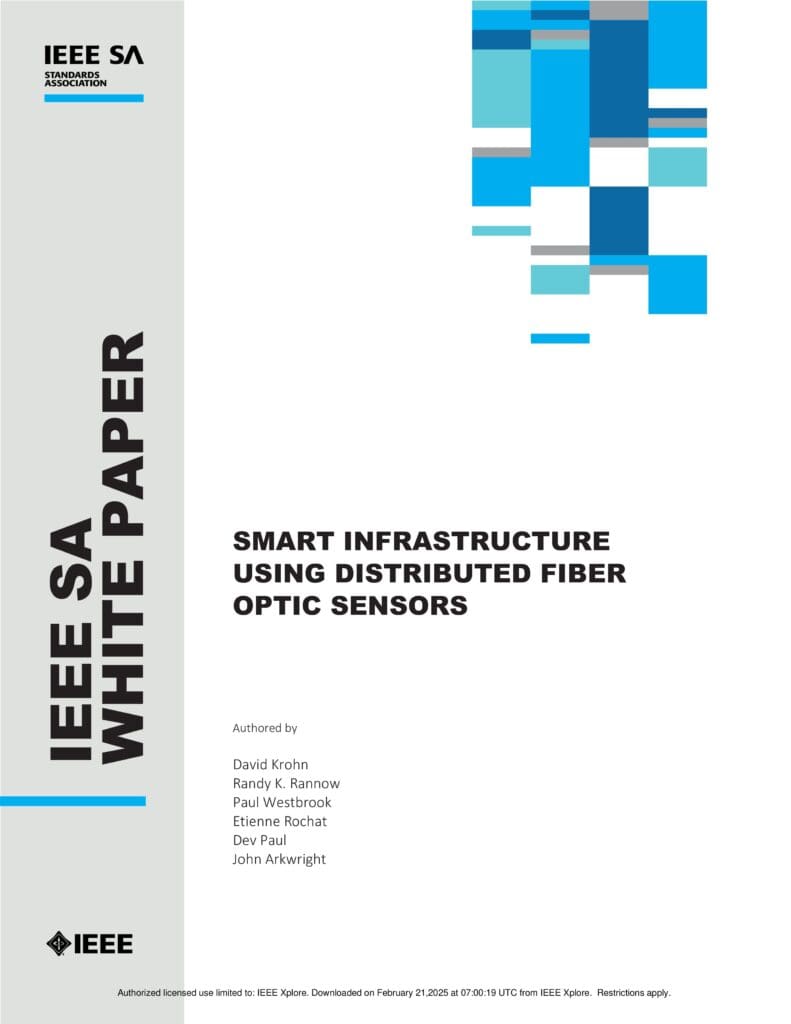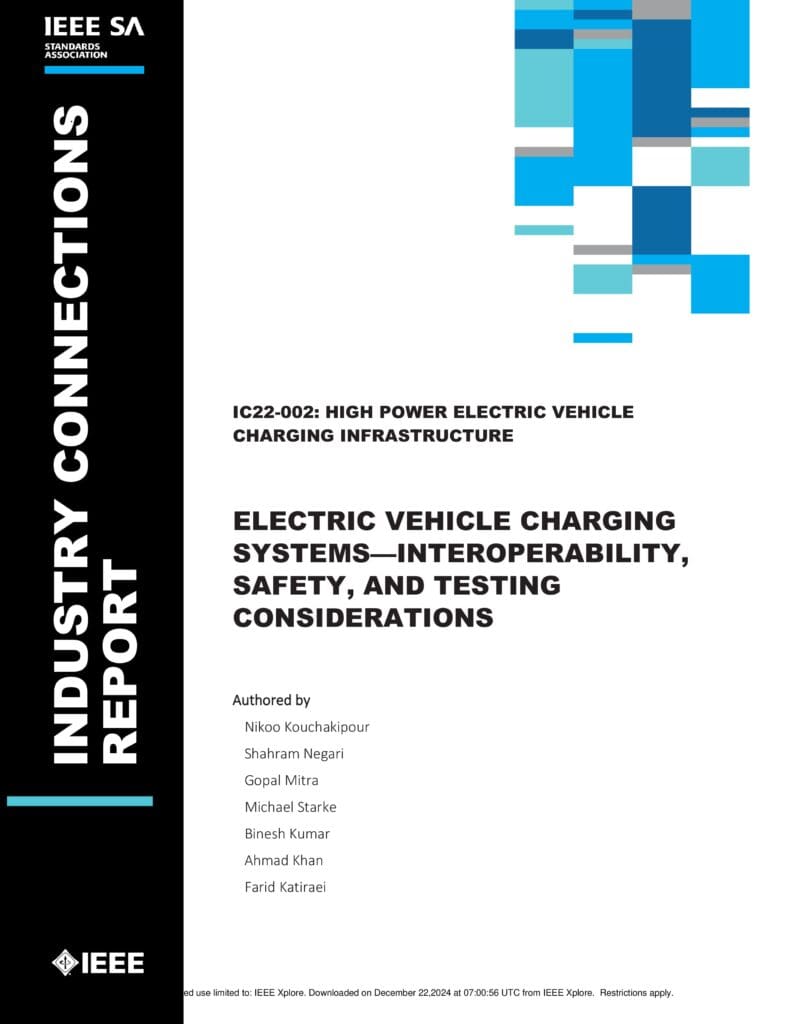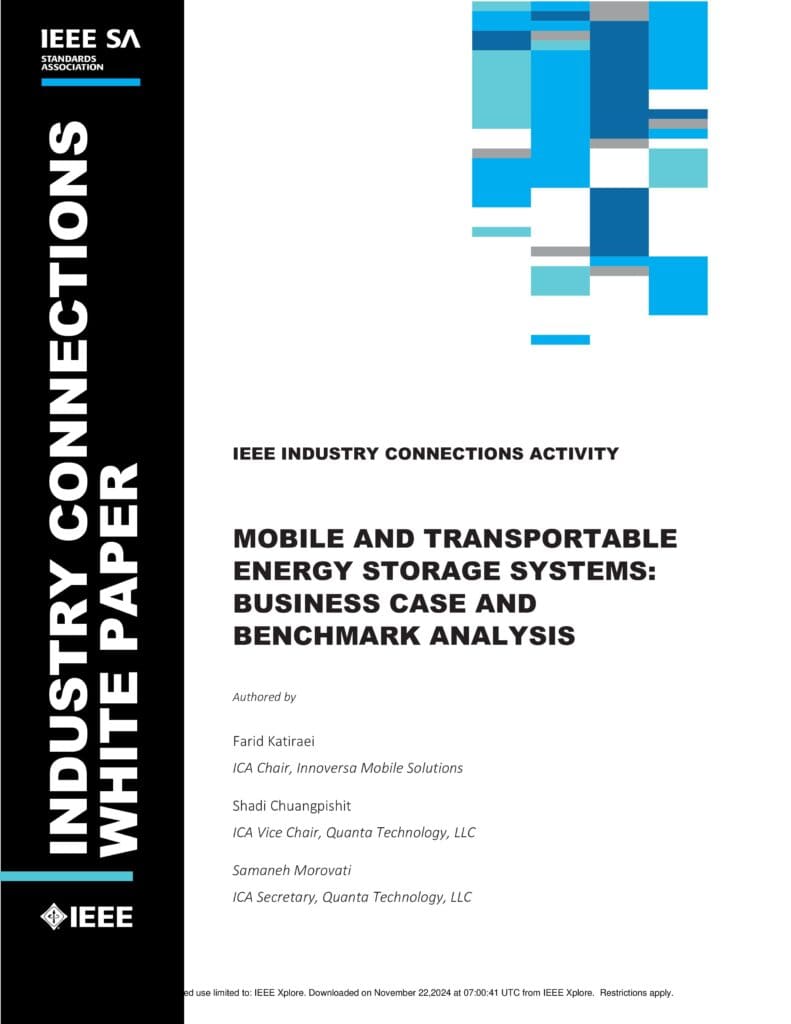

Footwear Last Definitions
Footwear lasts are critical to the fabrication of footwear, but knowledge regarding details of footwear lasts is limited. There are many drivers for the shape and geometry of footwear lasts. These range from the type of footwear, its use, design rules of thumb for footwear type, manufacturing method, material used…

Identifying The Difference Between Electronic Health Records and Electronic Medical Records
The purpose of this paper is to discuss the difference between Electronic Health Records and Electronic Medical Records from the perspective of IEEE. These terms have been used interchangeably, creating confusion within the healthcare ecosystem. While some attempts have been made in the past to distinguish these terms, given the…

Smart Infrastructure Using Distributed Fiber Optic Sensors
Smart infrastructure applications have used distributed fiber optic sensors to monitor strain, vibration, and temperature. IEEE standards exist for Bragg grating sensors and distributed acoustic sensors (DAS). The current standard activity will expand the monitoring capability to include overloading bridge capacity with heavy vehicles, the impact of corrosion, crack formation,…

Opportunities for Power Line Communication (PLC) In India: Experiences and Recommendations
This report enumerates PLC Testbed activities undertaken within this working group with the introduction and scope covered in Section 1. Section 2 provides PLC background, presenting the standard landscape, advantages, challenges, and application areas. The three PLC testbed details covering the testbed architecture, experimental set-up, and methodologies used are presented…

Guidelines for Decentralized Autonomous Organization (DAO) Governance
Decentralized autonomous organizations (DAOs) are a transformative model for governance in decentralized systems, with on-chain innovative mechanisms for decision-making, incentivization for participants, and organizational autonomy. However, there are unique challenges with the decentralized nature of DAOs, including risks, security, and accountability. Established in these guidelines are standardized principles and frameworks…

Electric Vehicle Charging Systems--Interoperability, Safety, and Testing Considerations
This white paper aims to provide an insightful overview of the current technological landscape in transportation electrification. It delves into the anticipated challenges associated with high-power MW charging, highlights recent relevant standards, and proposes actionable steps for the advancement of the transportation electrification industry

Is Deception in Emulated Empathy Innately Bad?
This white paper draws on interdisciplinary academic knowledge and real-world examples to think through the parameters of debate about deception and empathy-based human-artificial intelligence (AI) partnering. While a common human reaction is to instinctively reject, and be repulsed by, the idea of deception in AI partners, this paper offers an…

Mobile and Transportable Energy Storage Systems: Business Case and Benchmark Analysis
An innovative approach to conventional portable and emergency gensets involves the use of mobile energy storage systems (MESS) and transportable energy storage systems (TESS), offering clean and noise-free alternative solutions. While enhancing grid reliability and resilience remains a critical objective in MESS/TESS deployment, it is equally important to assess the…

Hardware Security Attack Landscape and Countermeasures
An overview is given of attacks on hardware security by introducing the four attack classes: logical attacks, physical observative attacks, physical fault injection attacks, and physical manipulative attacks. Descriptions and examples are given for each class of attack. Additionally, typical countermeasures for products to prevent successful attacks are listed and…
